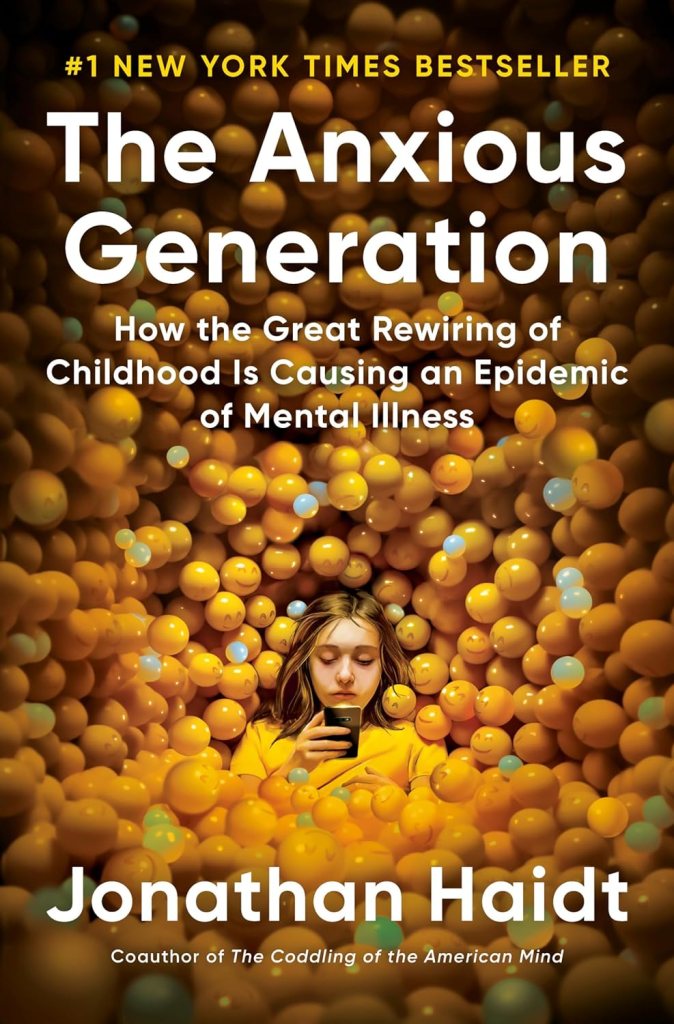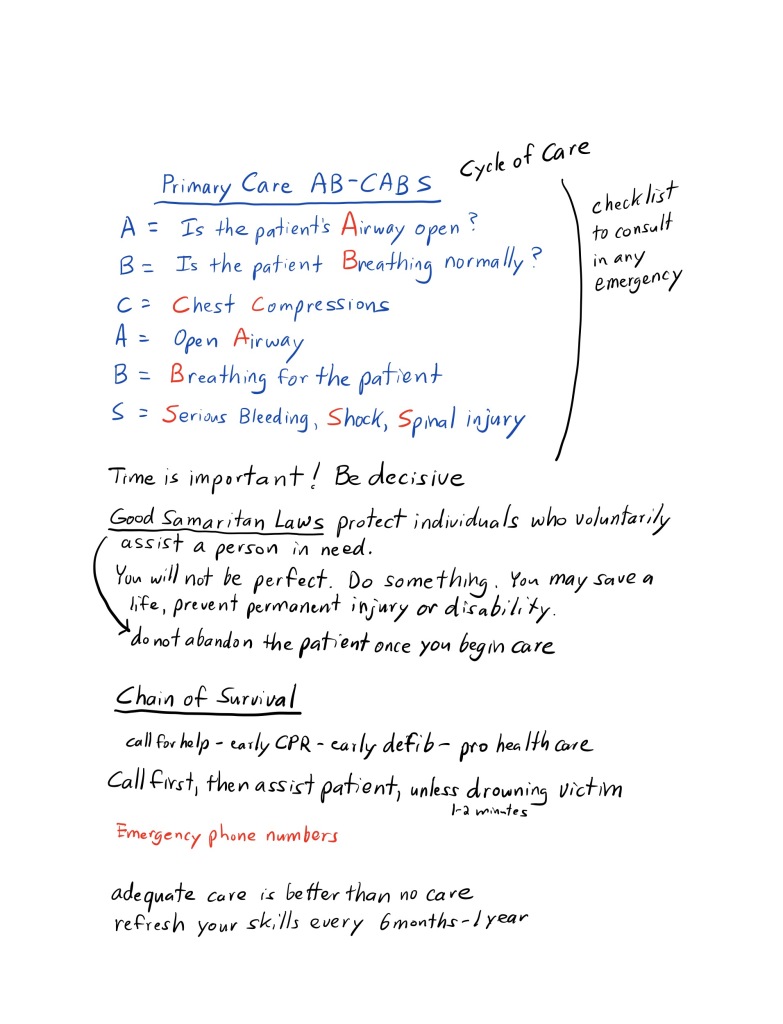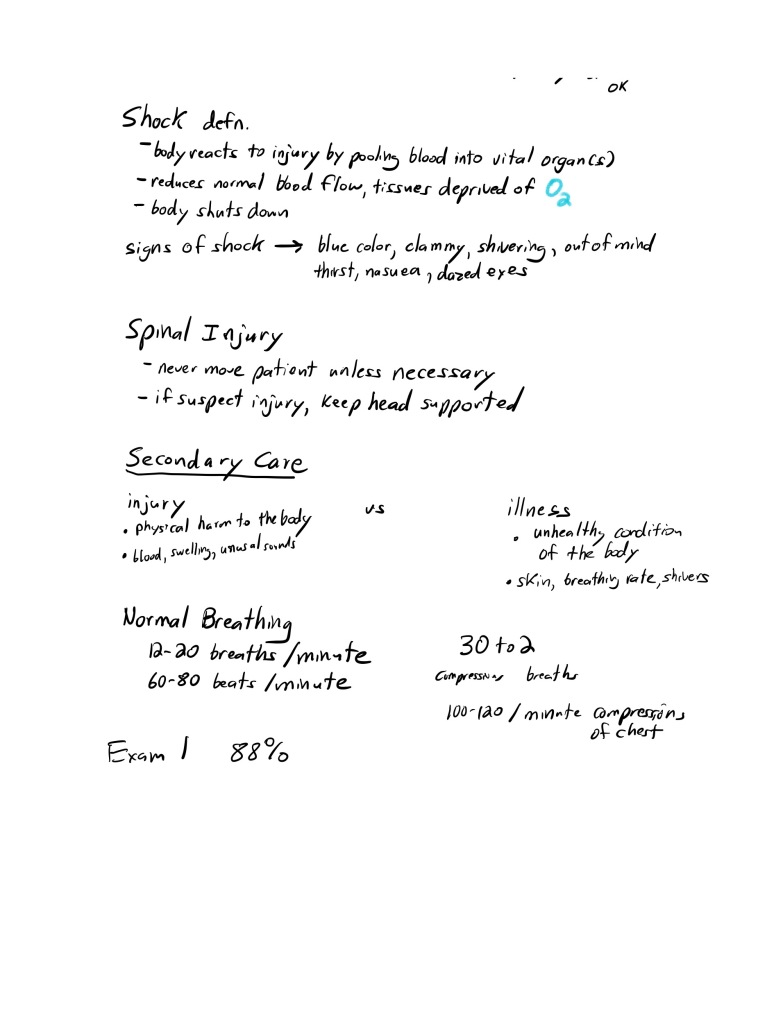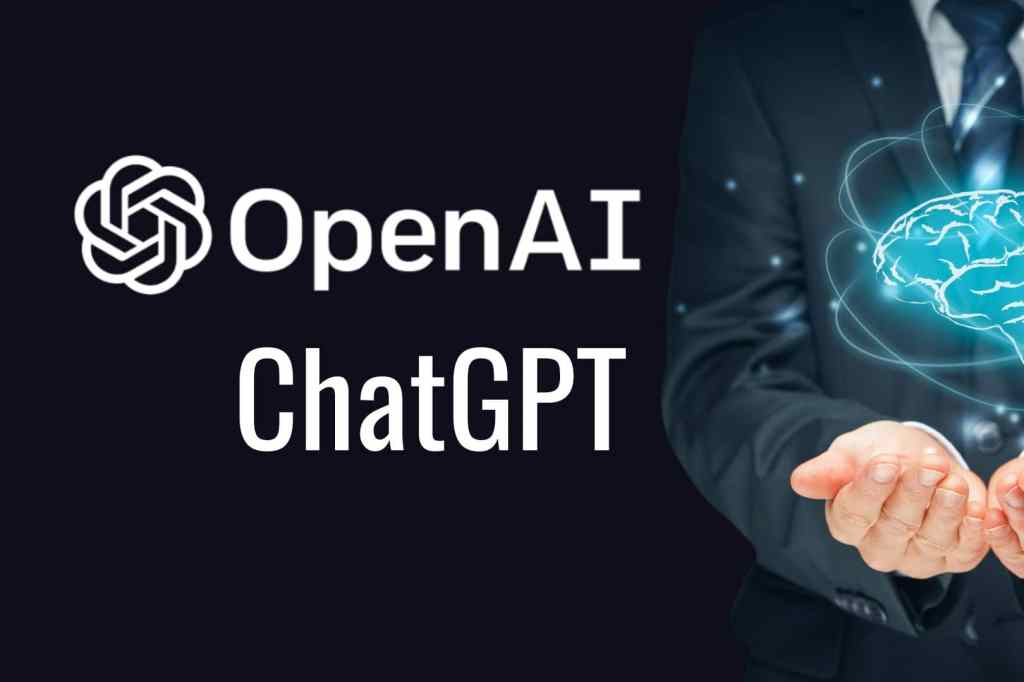This school year I’ve been thinking about the impact of cell or mobile phones on our students. I think they are a distraction to teaching and learning and they are preventing our students from developing their face-to-face relationships. The internet is wonderful with so much knowledge, skills, and entertainment to be had, we are all less ignorant than in the pre-internet world. The social media companies (Instagram, SnapChat, etc.) design their software to keep people’s attention. It is not that everything online is bad, I feel the problem is the loss of what students could be doing if they were not staring at their phones.
At a recent Director Coffee, I socialized the idea of a cell phone-free school with a group of parents and it was one of the most animated discussions I’ve led. This is also a hot topic with our fellow CEESA schools, along with the impact of Artificial Intelligence on teaching and learning. In my coffee presentation, I introduced the premise of NYU professor Jonathan Heidt’s new book, “The Anxious Generation”. He thinks that adolescent mental health problems skyrocketed starting around 2012 when smartphones and social media became in common use. He views this as a “collective action” problem and suggests four norms our society implements:
- No smartphone until grade 9 (high school)
- No social media until age 16
- Cell phone-free schools
- More independence, unsupervised, free play to develop responsibility in the real world.
I think 3 of the 4 norms are up to parents, but “cell phone-free schools” is one that I think TIS should implement in our secondary school. The temptation to check your messages and keep up with your friends is too much for young people to handle. It would be a nicer place to have students present for each other, especially during breaks, where they can work on one of our key Purposes, “make connections”. I have not heard any compelling arguments against having students put away their phones from 8:20 to 15:20 Monday through Friday.
In order to make this work, we will need the input of the students and faculty and staff.I hope to drive this effort over the next two months to trial a cell phone-free school program at the start of the 2024-2025 school year. Dr. Haidt is making the rounds on the podcast circuit if you want to learn more without reading his book. The Public Broadcasting Service (PBS) interview show Firing Line has a 26-minute interview with Dr. Haidt that is a good introduction to his book and research. (link)
From talking with people from schools that have implemented these types of policies, it is a couple of weeks of tumult, but then everyone realizes that they are happier and appreciate the break from their phones.


















